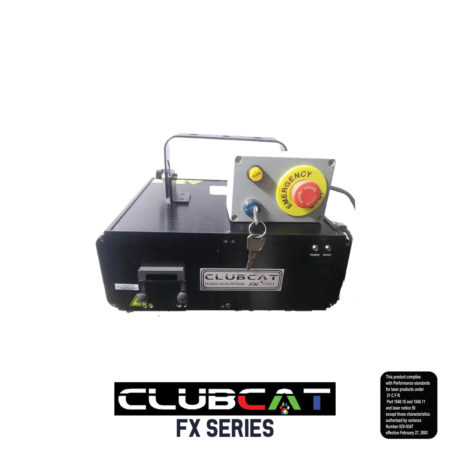The laser was first invented in the late 1950s, as an outgrowth of microwave technology. LASER is an acronym for Light Amplification by Stimulated Emission of Radiation. Originally, the future of lasers was seen to be in research and development, manufacturing, communications, and defense. But, the physical characteristics of laser light set it on a course to be a spectacular visual medium. Two of these characteristics are its narrow beam and brightness.
Unlike incandescent light, which diverges as it moves away from the light source, laser light maintains a narrow beam, simulating a “finger of light.” Since the light does not spread out, the brightness is maintained — even over long distances. Just like an incandescent light, the brightness of a laser is determined by the number of watts it emits. The lower the wattage, the dimmer the beam. Conversely, the higher the wattage, the brighter and visually “fatter” the beam.

